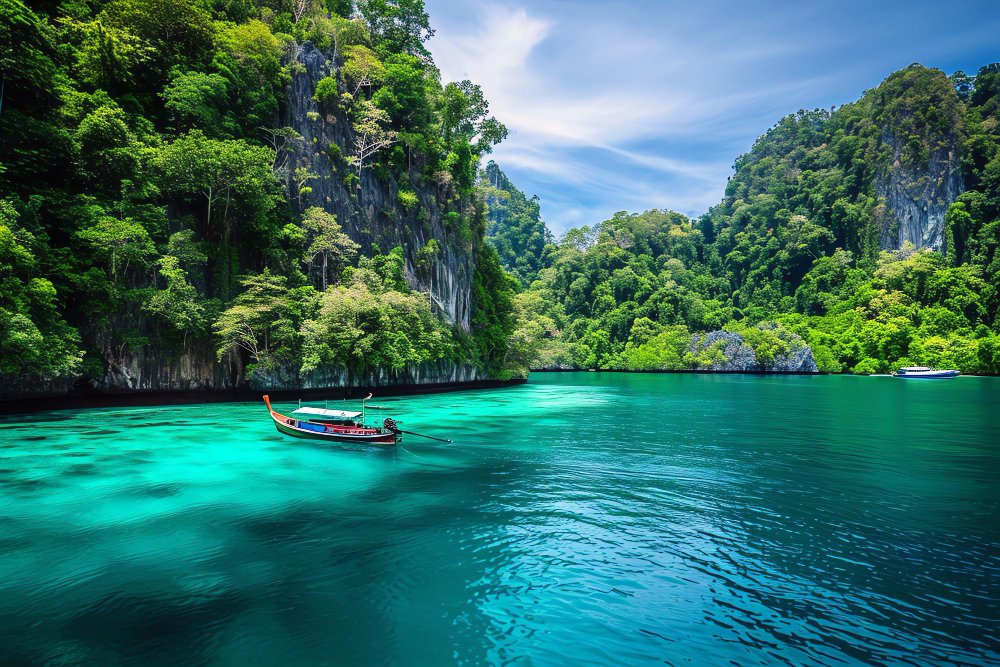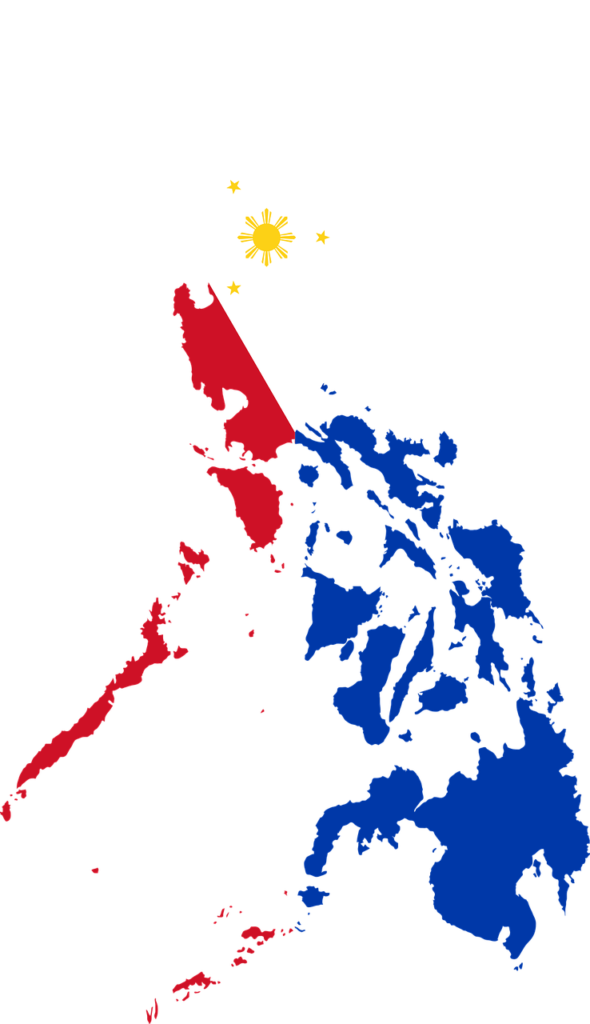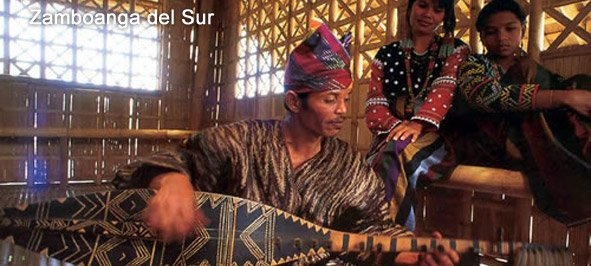
Best Places to Visit in the Philippines
Introduction Best Places to Visit in the Philippines
Best Places to Visit in the Philippines, The Philippines, an archipelago of more than 7,000 islands in Southeast Asia, is a tropical paradise bursting with natural beauty, cultural treasures, and exciting adventures. From pristine beaches and crystal-clear waters to historic sites and vibrant festivals, the Philippines is a destination that leaves travelers awestruck. Whether you’re planning your first visit or a return trip, this guide will take you through the top must-see destinations in the Philippines.
Top Island Destinations Best Places to Visit in the Philippines
Boracay Island

When it comes to idyllic beaches, Boracay is second to none. Its iconic White Beach boasts powdery white sand and azure waters that are perfect for swimming, sunbathing, and relaxing. For adventure seekers, activities like kite surfing, parasailing, and jet skiing are readily available. As the sun sets, Boracay transforms into a lively hotspot with beachfront bars, live music, and vibrant nightlife.
Palawan
El Nido

Known as a paradise for nature lovers, El Nido features towering limestone cliffs, hidden lagoons, and unspoiled beaches. Island-hopping tours are the highlight here, taking visitors to stunning spots like Big Lagoon, Secret Lagoon, and Shimizu Island.
Coron

A diver’s dream, Coron is renowned for its crystal-clear lakes, vibrant coral reefs, and historical shipwreck dive sites from World War II. Kayangan Lake, often considered the cleanest lake in the Philippines, is a must-visit.
Cebu

Cebu is a dynamic island offering a mix of urban attractions, cultural heritage, and natural wonders. Swim with whale sharks in Oslob, take a dip in Kawasan Falls, or visit historic landmarks like Magellan’s Cross and the Basilica del Santo Niño. Don’t miss the famous sardine run in Moalboal for an unforgettable underwater spectacle.
Historical and Cultural Hotspots Best Places to Visit in the Philippines
Intramuros, Manila

Step into the past as you explore Intramuros, Manila’s historic Walled City. This Spanish-era district is home to centuries-old churches, cobblestone streets, and landmarks such as Fort Santiago and San Agustin Church. A guided tour provides fascinating insights into the Philippines’ colonial history.
Vigan, Ilocos Sur

Vigan’s charm lies in its well-preserved Spanish colonial architecture and cobblestone streets. Declared a UNESCO World Heritage Site, this picturesque town offers attractions like Calle Crisologo, where horse-drawn carriages transport you back in time. Don’t forget to sample Vigan’s famous empanadas and longganisa (local sausages).
Natural Wonders Best Places to Visit in the Philippines
Chocolate Hills, Bohol

A natural marvel, the Chocolate Hills are over 1,200 symmetrical mounds that turn brown during the dry season, resembling giant chocolate drops. Visitors can view this geological wonder from observation decks or even take an ATV ride through the hills.
Banaue Rice Terraces

Carved into the mountains over 2,000 years ago, the Banaue Rice Terraces are a testament to the ingenuity of the Ifugao people. Often called the “Eighth Wonder of the World,” this UNESCO World Heritage Site is perfect for hiking and cultural immersion.
Adventure Destinations
Siargao Island

Siargao, the surfing capital of the Philippines, attracts surfers from all over the world. Beyond its famous Cloud 9 waves, Siargao offers pristine lagoons, mangrove forests, and unique attractions like the Magpupungko Rock Pools. Island-hopping tours will take you to Naked Island, Daku Island, and Guyam Island.
Mount Apo

Standing at 2,954 meters, Mount Apo is the highest peak in the Philippines and a favorite among trekkers and mountaineers. The trek is challenging but rewarding, offering breathtaking views and the chance to spot the endangered Philippine eagle.
Beach Escapes
Pagudpud, Ilocos Norte

Pagudpud’s unspoiled beaches, dramatic cliffs, and azure waters make it a hidden gem. Highlights include Saud Beach, Kapurpurawan Rock Formation, and the iconic Bangui Windmills.
Camiguin Island

Known as the “Island Born of Fire,” Camiguin is home to volcanoes, hot springs, and waterfalls. Visit the Sunken Cemetery, the Hibok-Hibok Volcano, and the White Island sandbar for a serene escape.
Festivals and Celebrations Best Places to Visit in the Philippines
Sinulog Festival, Cebu

Held every January, the Sinulog Festival celebrates the Santo Niño with colorful parades, traditional dances, and lively street parties. It’s one of the most vibrant and well-attended festivals in the country.
Ati-Atihan Festival, Kalibo

Known as the “Mother of All Philippine Festivals,” Ati-Atihan is a week-long celebration featuring music, dancing, and street parades. Tourists are encouraged to join the revelry by painting their faces and dancing in the streets.
Gastronomic Adventures Best Places to Visit in the Philippines
Must-Try Local Delicacies
The Philippines is a foodie’s paradise. Sample lechon (roast pig), adobo (a savory stew), and sinigang (a sour tamarind soup). Desserts like halo-halo (shaved ice with toppings) and kakanin (rice cakes) are a must-try.
Night Markets and Street Food
Visit night markets like Dampa in Manila for fresh seafood or indulge in street food in Cebu, where you can try siomai (steamed dumplings) and puso (rice wrapped in palm leaves).
Off-the-Beaten-Path Destinations Best Places to Visit in the Philippines
Siquijor Island

Siquijor’s mystical reputation adds to its allure. Discover enchanting waterfalls like Cambugahay Falls, explore the centuries-old Lazi Convent, or unwind on pristine beaches like Paliton Beach.
Batanes

Dubbed the “Home of the Winds,” Batanes is a remote paradise known for its rolling hills, stone houses, and dramatic coastlines. It’s a destination for those seeking tranquility and stunning landscapes.
Conclusion Best Places to Visit in the Philippines
The Philippines is a treasure trove of natural beauty, rich history, and warm hospitality. From the bustling streets of Manila to the serene shores of Batanes, every destination offers a unique experience. Whether you’re into adventure, relaxation, or cultural exploration, the Philippines has it all. Start planning your trip and discover why it’s more fun in the Philippines!
FAQs Best Places to Visit in the Philippines
- What is the best time to visit the Philippines?
The dry season, from November to April, offers the best weather for travel and outdoor activities. - How many days are ideal for a trip to the Philippines?
A two-week itinerary allows you to explore the highlights of multiple islands and regions. - Is the Philippines safe for tourists?
Yes, most areas in the Philippines are tourist-friendly. It’s always wise to stay informed and follow local advice. - Do I need a visa to visit the Philippines?
Many nationalities enjoy visa-free entry for up to 30 days. Check with the Philippine consulate for specific requirements. - What are the most budget-friendly destinations in the Philippines?
Destinations like Bohol, Siquijor, and Cebu offer affordable accommodations and attractions.
You may also like
- https://bestphilippinestravelguide.com/cebuano-dishes/
- https://bestphilippinestravelguide.com/ifugao-rice-terraces/
- https://bestphilippinestravelguide.com/map-of-the-philippines/
- https://bestphilippinestravelguide.com/pinoy-party-food-ideas/
- https://bestphilippinestravelguide.com/island-hopping-in-cebu-city/
Table of Contents
Giovanni Carlo P. Bagayas is a seasoned travel guide and passionate explorer from the Philippines. With years of experience uncovering the hidden gems of his homeland, Giovanni has dedicated his career to showcasing the beauty, culture, and adventure that the Philippines has to offer. As the author of Best Philippines Travel Guide, he combines his expertise and love for travel to provide insightful tips, detailed itineraries, and captivating stories for travelers seeking unforgettable experiences in the Philippines. Giovanni’s mission is to inspire wanderlust and help visitors discover the true essence of his vibrant country.


